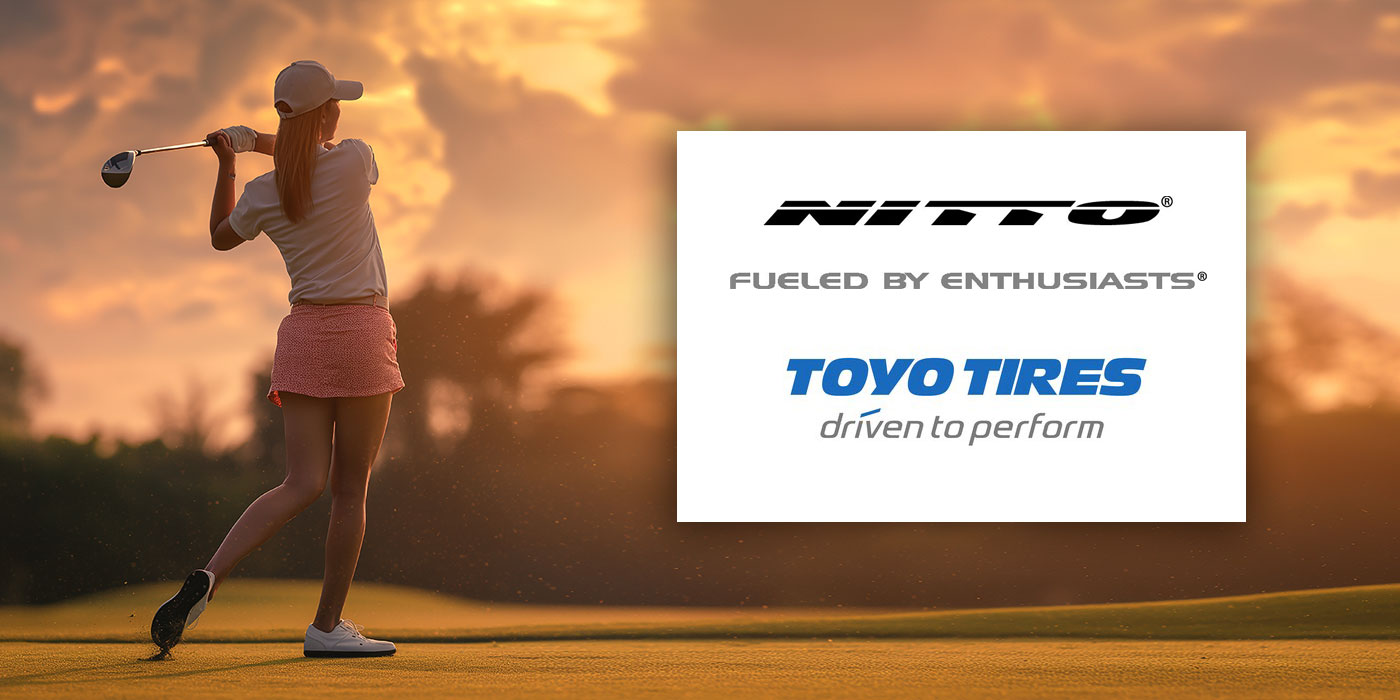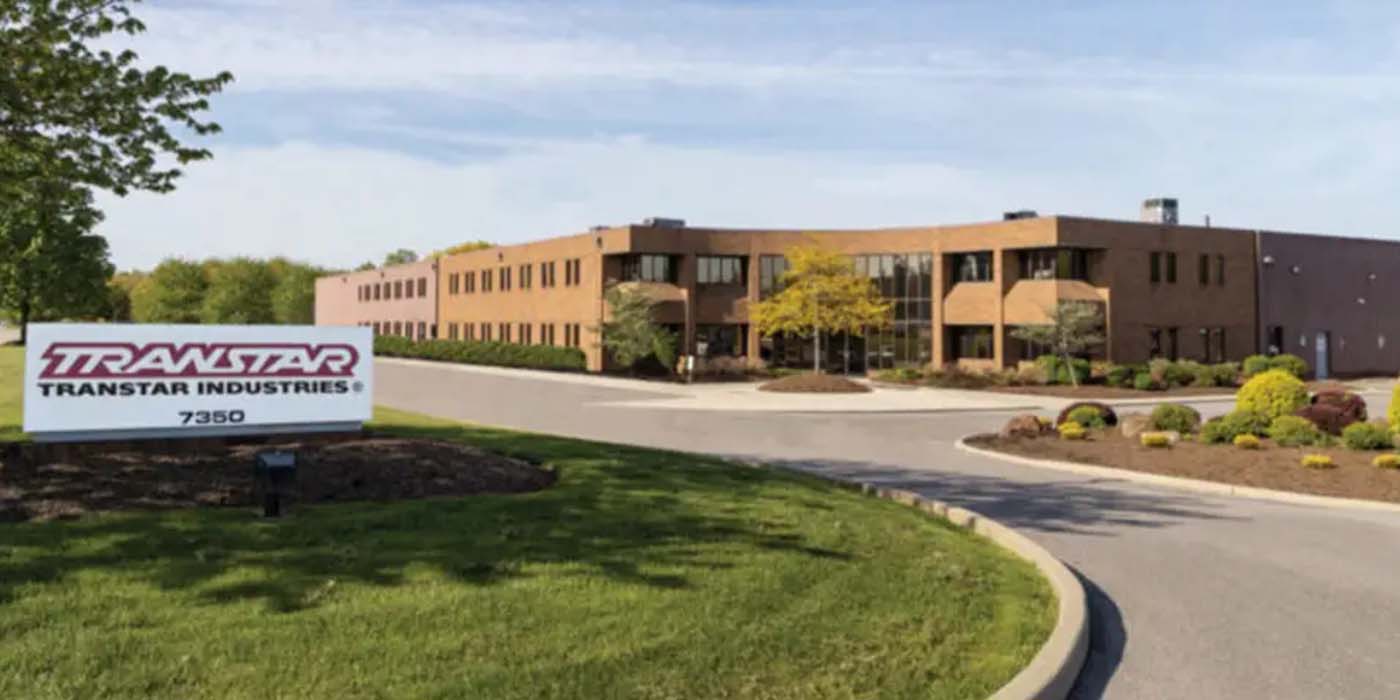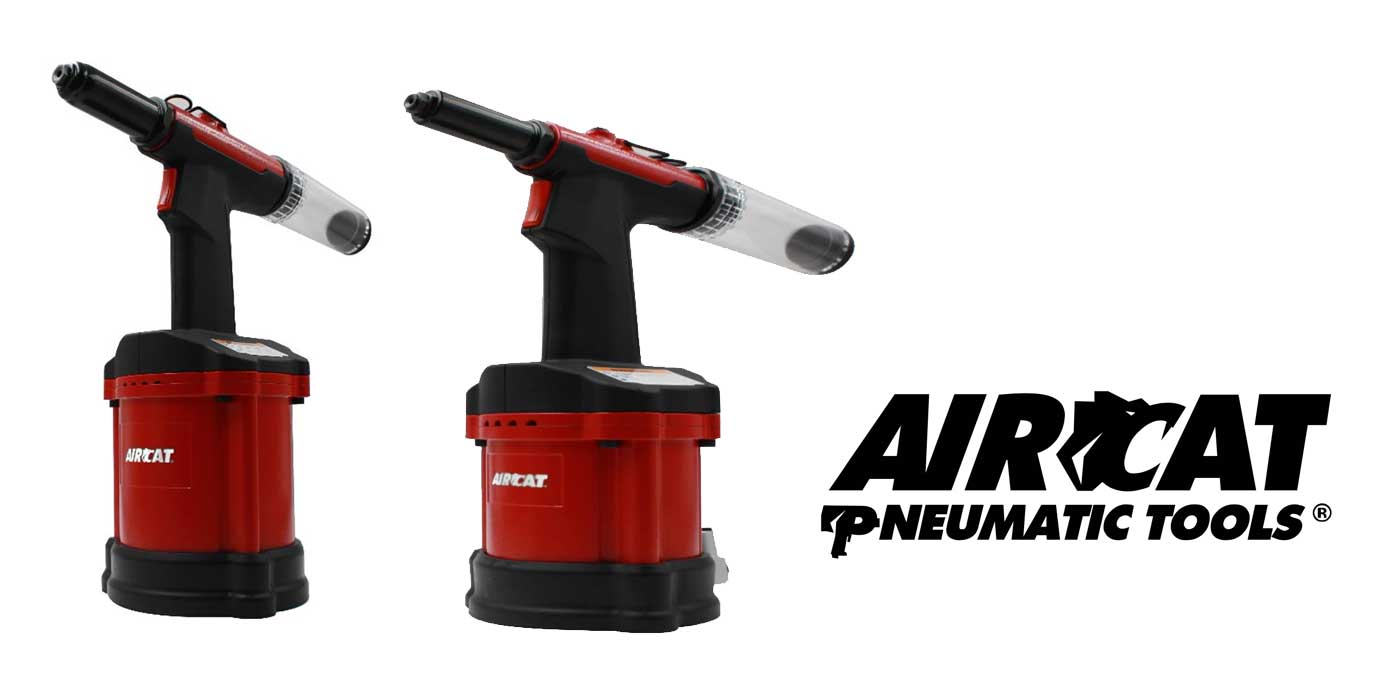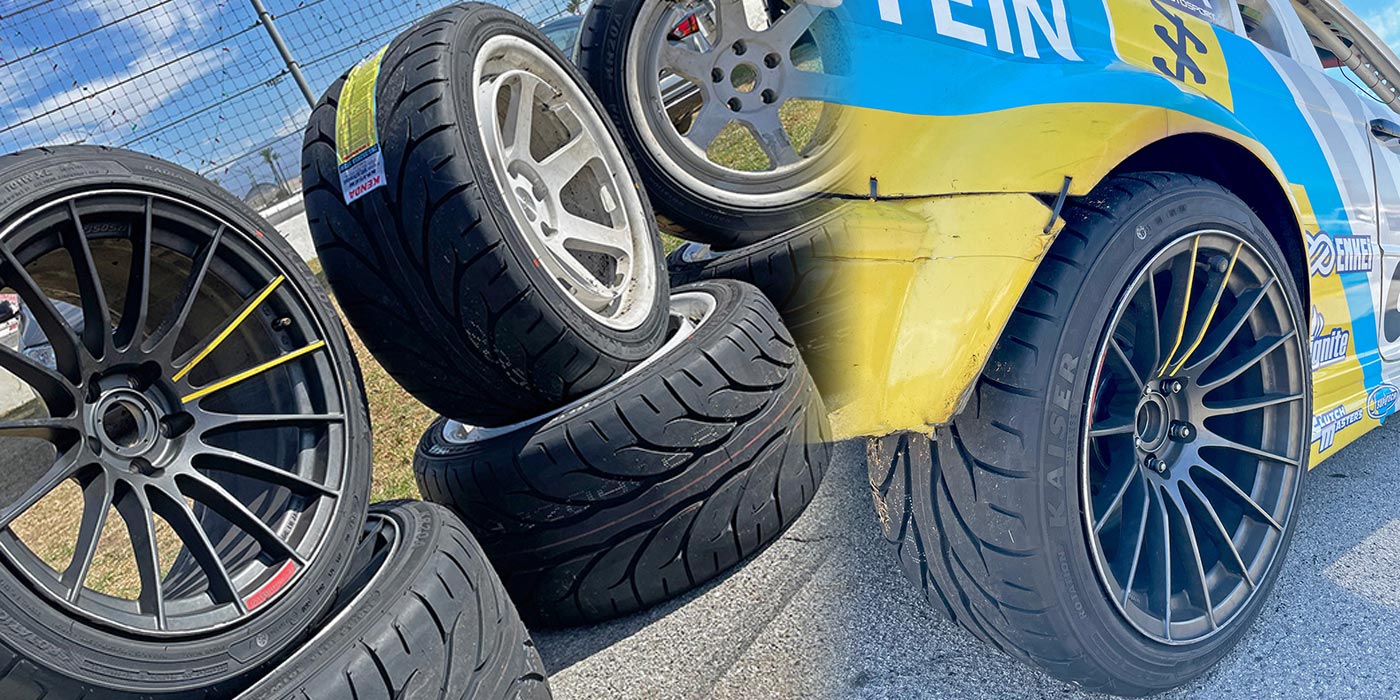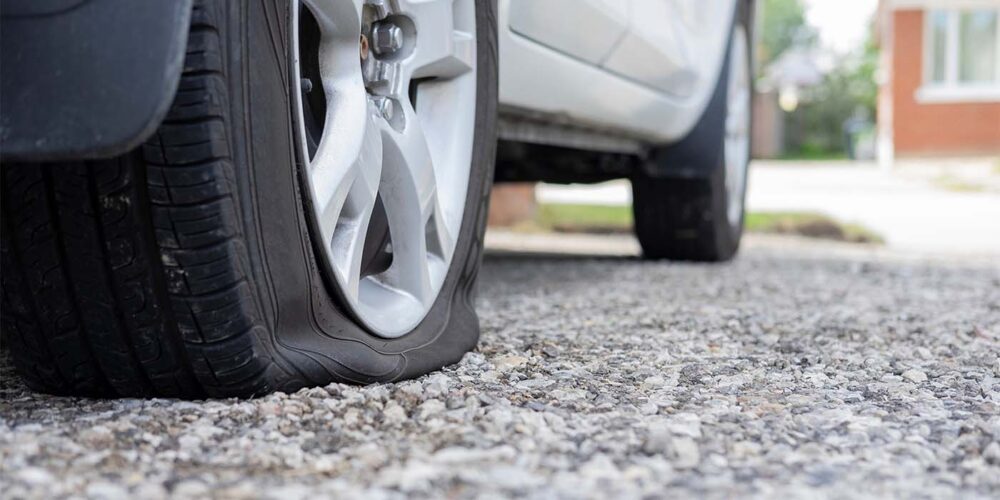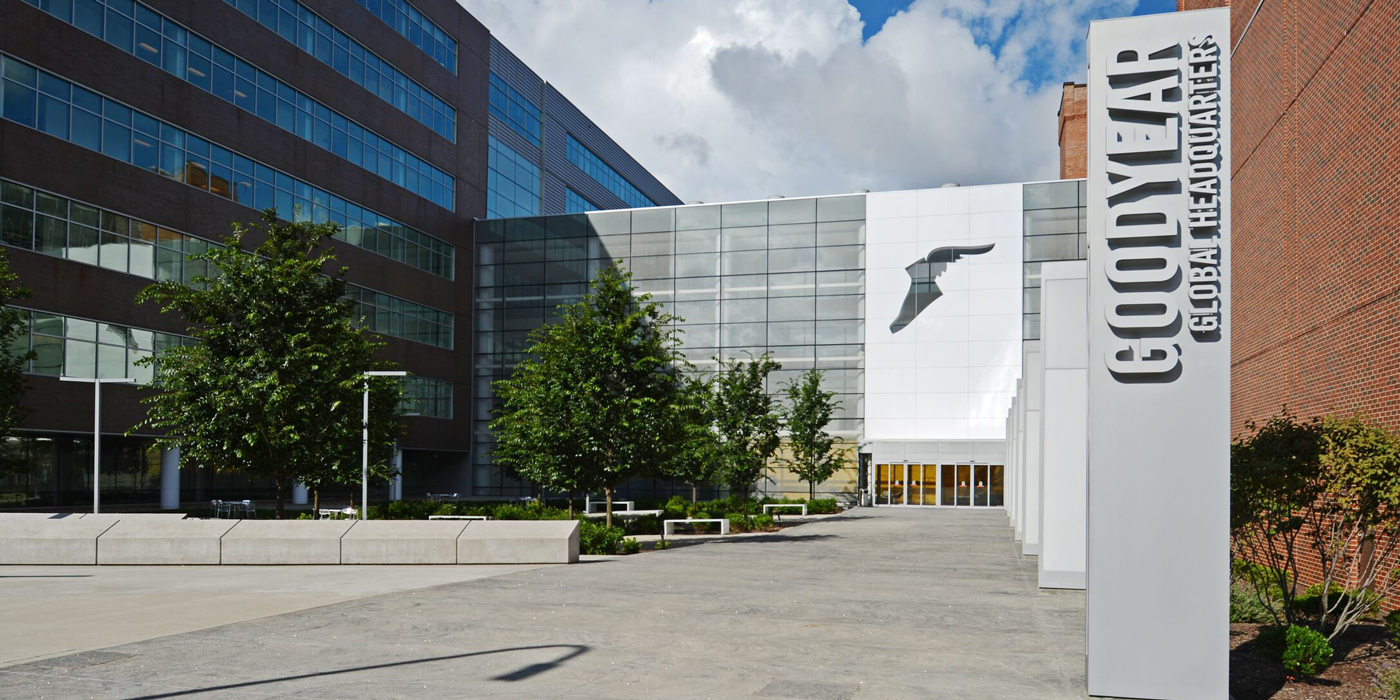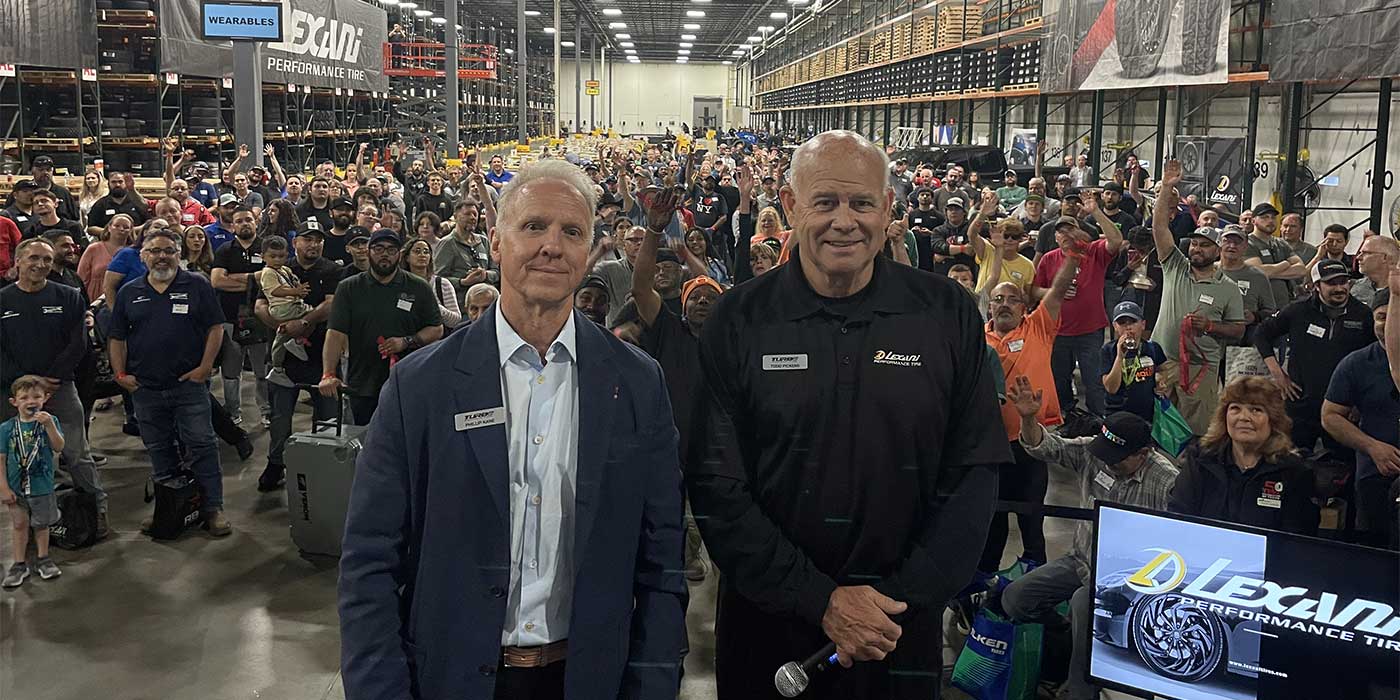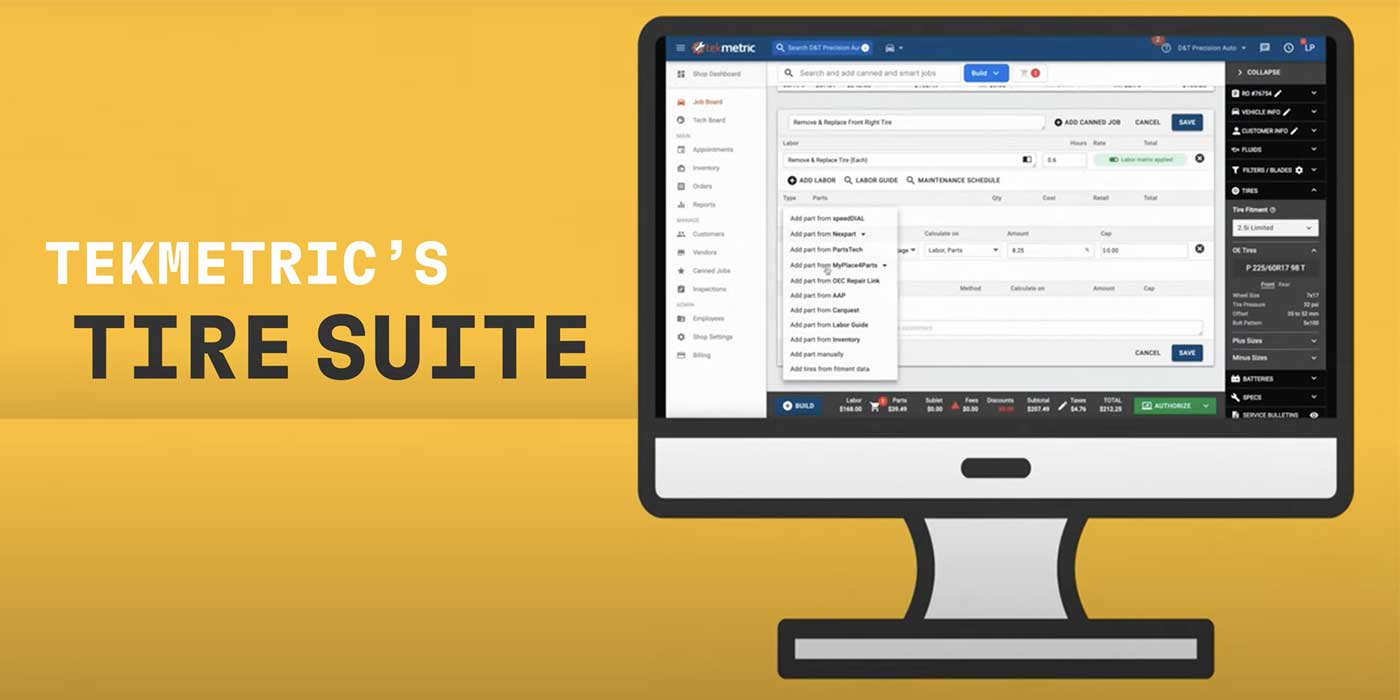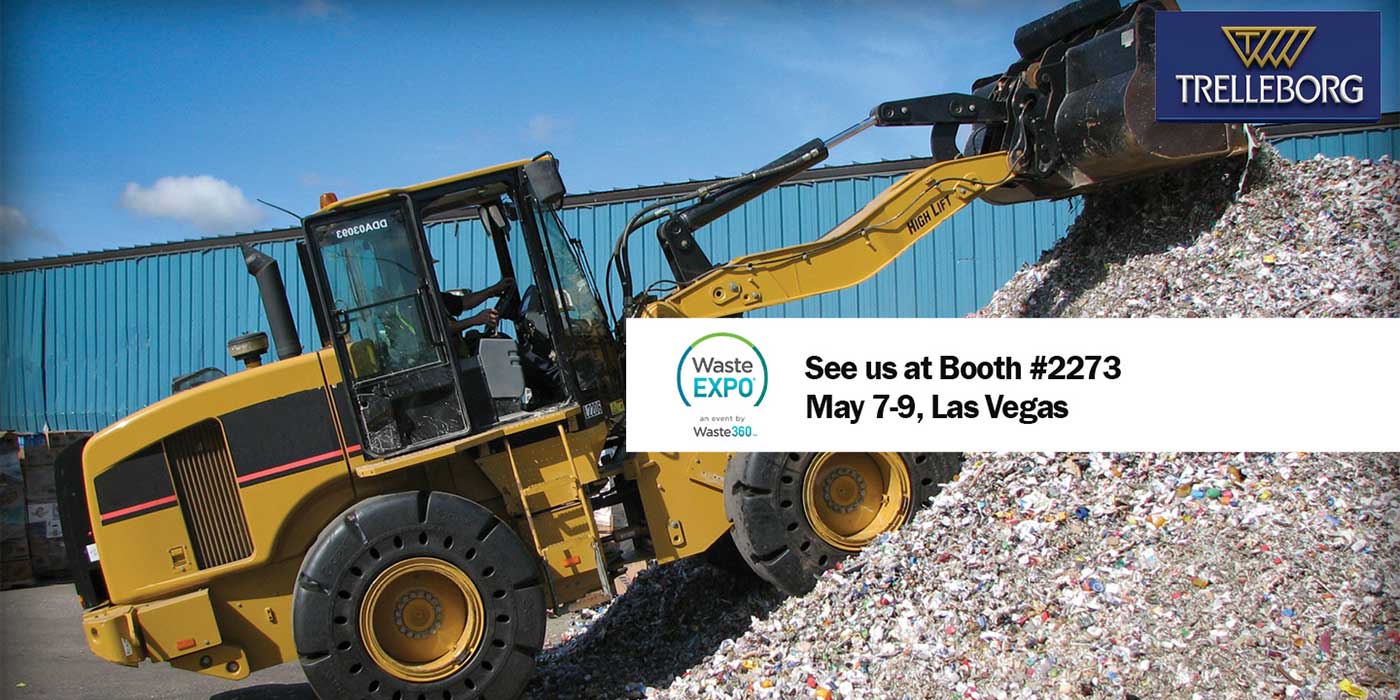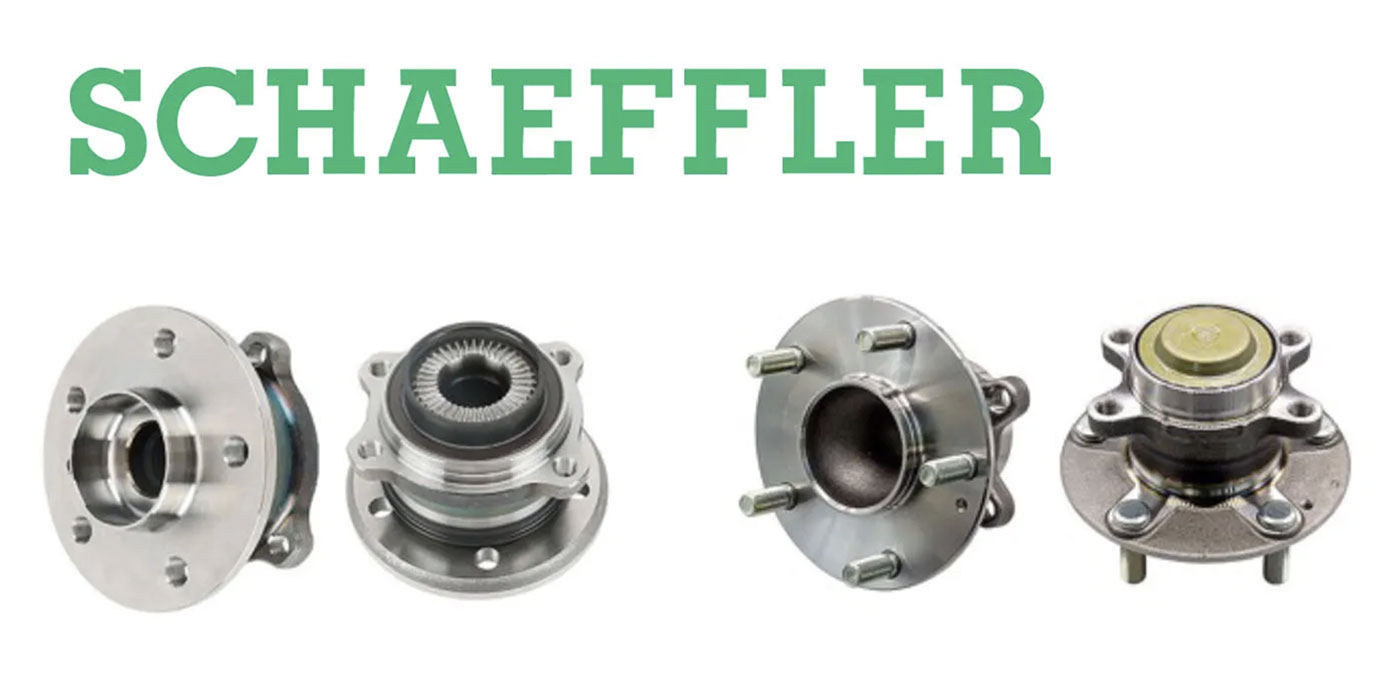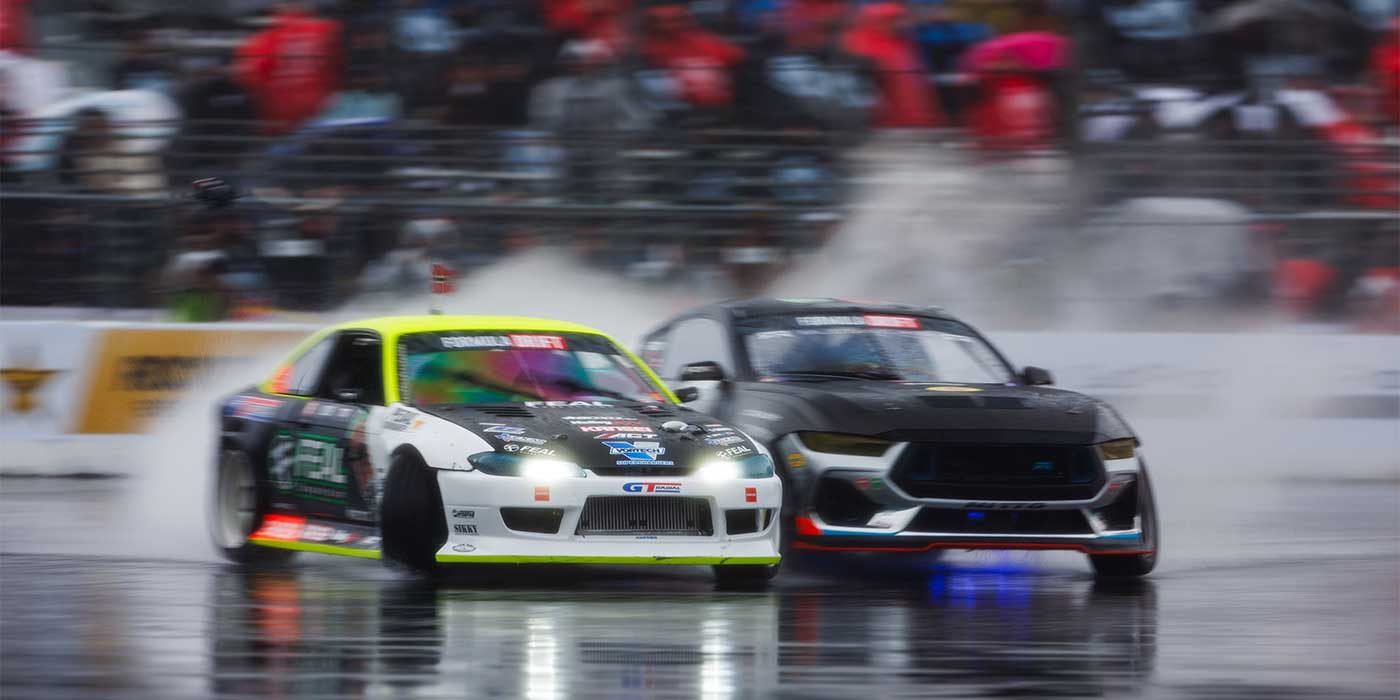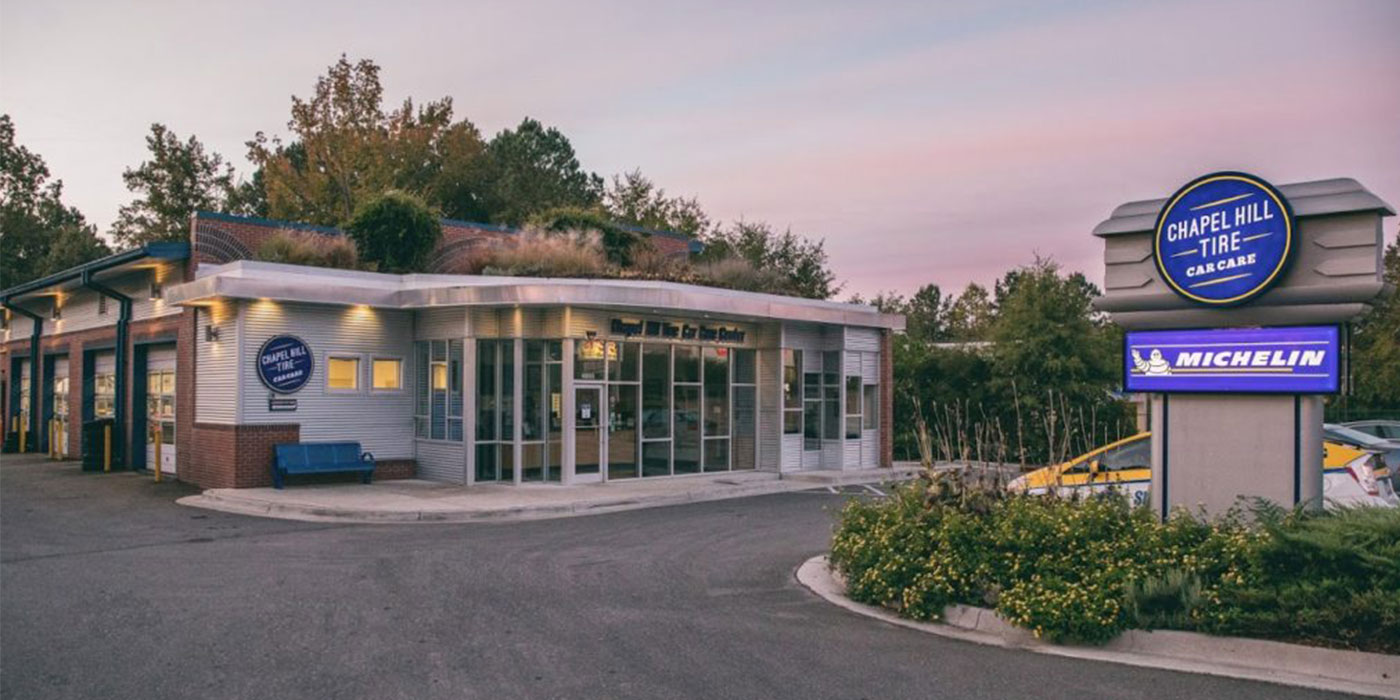To state the obvious, good OTR/EM tires don’t come cheap and immediate availability of the right product has been less than certain in the last five or six years. 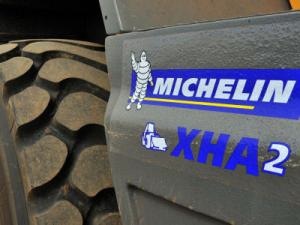
Therefore it only makes economic sense to treat tires as an investment and to maximise this investment accordingly. Speaking recently with Tyres & Accessories, Jock Aitken, Michelin’s technical manager for earthmover and industrial products, stressed the golden rule for OTR sector end-users wishing to do this. It is simply, he stated, a matter of fitting the correct tire at the correct pressure upon the correct application.
This may at first glance appear an easy wish list to tick off, yet it is easy to trip up on one or more of the three variables. Aitken points out that 30% under or over-inflation can lead to a loss of up to half a tire’s tread life. “Tires wear by granulating and wear away under torque,” he elaborates. “The smaller the contact patch – and both under and overinflation reduces this – the more strain from factors such as torque and braking is taken up by the area in contact with the ground.”
Thankfully, Michelin is only too willing to aid its customers in getting the mix right; as the technical manager shares, the manufacturer’s involvement with the end-user does not end upon making a sale. “We try to follow our tires throughout their working lives as much as we can,” he says. “We have a six-person sales team in the U.K. and their role is very much a technical one in addition to sales. They follow the tires in service and can work out from how a tire wears, for example, if it is operating at a too high or low pressure. The stakes involved in getting everything right are quite high.
“For the mining sector, our team visits quarries and analyses conditions there; using the measurements we take we recommend the best closed centre or traction tyre.”
Mining tires, Aitken relates, have been the main focus for Michelin’s OTR/EM design team during the last couple of years and the company offers two basic options for dumper trucks: open center tires designed with an emphasis on tractive effort, and closed center tires that place more weight on tire longevity. “The first of these feature tread blocks that use torque from the vehicle’s engine to best effect,” he elaborates. “Tractive tires are particularly popular on the colder, western side of the U.K., and Michelin has a new product for dumpers in this category – the X-Traction.”
This tire was already available in 27.00R49 fitment for 100 ton dumpers, Aitken adds, but this has now been extended to cover 18.00R33, 21.00R33 and 24.00R35 fitments aimed at small to medium dumpers. “Compared with its predecessor the X-Traction offers 15% better tread life and tread mass. It also offers improved damage protection; here our designers have been very clever with the steel protector plies used. In the X-Traction they are not just steel, which can corrode if the tyre is damaged and moisture enters. Instead a mixture of steel and rubber has been put into the breaker strip. The presence of the rubber hinders oxidation.”
The voids present in open center tires are good for heat dissipation but not for longevity, the technical manager shares. Therefore, Michelin offers a number of products for applications where tire wear is a priority; the most recently introduced of these is the XDR2. “Improved wear was the main focus in designing this tire,” Aitken reports. Outlining the main features of this replacement to Michelin’s XDR range, he points out that the “standard tread depth of the predecessor tire comes nowhere near the 90 mm tread depth of the XDR2. The new tire has 20% additional tread volume which means increased tread life, and it features the same rubber-steel protector plies as used in the X-Traction.”
According to Aitken, heat was previously an issue with the standard base (95 aspect ratio) tire, yet this shortcoming has been solved in the XDR2: “The shoulder area where the tread met the sidewall used to be massive, and as you know rubber is a very good heat insulator. This heat retention issue has been solved using Michelin’s C2 Technology, which has made the shoulder area less massive by altering the internal shape of the tire. This has given the tire a better TKPH (ton kilometer per hour) capability as it’s now a cooler running tire. And because the shoulder is lighter we were able to double the sidewall thickness, making the XDR2 more damage resistant.”
Amongst Michelin’s other new OTR/EM segment products is a loader shovel tire. “Our L3 offer here for the last 18 to 20 years has been the XHA. This has now been replaced by the XHA2,” Aitken reports. “This new tire has a particular strength in sidewall damage resistance and 10% more tread than its predecessor.” He adds that while the original XHA was by no means a bad tire, its successor has progressed in leaps and bounds in the area of anti-vibration technology.
“This is a factor that wasn’t considered so important in years gone by but these days loaders have a cab that’s probably better than your car. At first glance the XHA2 looks much the same as the tire it replaces but the central blocks have been modified so that the sine waves produced cancel each other out.”
In the underground mining segment Michelin is changing its tires from a one-star to a two-star rating; the reason for this, Aitken explains, is that end-users now seek higher-pressure tires capable of carrying greater loads. A further recent mining product is the X Super Terrain, an E4 tire for articulated dump trucks. The technical manager describes this tire as featuring a massive deep tread with good self-cleaning properties, along with excellent traction and damage resistance.
Michelin has also introduced an important new product for port and cargo handling users. Here, as Aitken elucidates, the manufacturer has made something of a comeback: “Until recently we were out of the market for a while with rear axle fitments for reach stackers. We withdrew our product in this category, the XZM, as we were not confident it represented the best solution to the operating requirements it was subjected to – rear stackers, for example, are able to turn within their own circle.
“Our research and development team wanted to solve the issues present in rear axle stacker fitments, and in May Michelin returned to this market with the XZM2+. This new tire is available in an 18.00R25 fitment (the standard size of a decade ago) and the 18.00R33 that is more commonly used today. The XZM2+ is a super deep tread radial able to withstand the aggression a reach stacker’s rear axle is subjected to. Other advantages the XZM2+ offers are a good return on hours and strong resistance to damage thanks to its all-steel casing.”It is perhaps not easy for a company to admit one of its own products fell short of expectations, yet Aitken’s view is that Michelin is extremely jealous of its brand and considered it best to withdraw the XZM before any wear issues developed into a problem.
Even when no new product is scheduled for introduction, Aitken opines that continual improvement is vital. Ten percent of total Michelin turnover is spent on research and development, and even patterns that have been on the market for five or six years still undergo improvement based upon feedback gained from the field. This is, as he puts it, the ‘added’ benefit of Michelin’s dedication to after-sales service: When it follows tire performance with customers in the field its team reports back to the Michelin designers every three months. In this way a product can be bettered during the course of its time on the market and Aitken says that while existing Michelin line-ups may have the same outward appearance as ever they are a better product than when first released.
Programs to maximize tire life are, as observed at the start of this article, not solely a cost savings factor. Midway through the previous decade the supply issue facing the EM/OTR sector around the world was critical; demand outstripped supply several times over and in some instances even big-ticket OE mining and construction vehicles were offered for sale minus their tires.
In response to this tire drought, Michelin erected a new OTR tire plant in Campo Grande, Brazil, and doubled capacity at its Lexington, S.C., facility in the U.S.
Aitken opines that some shortages will still be seen over the next three to four years; he points to plans announced by BHP Billiton to invest around £50 billion in expanding over the coming five years and comparably ambitious goals held by rivals such as Rio Tinto.
“The demand for original equipment tires will be huge. We will definitely see an increase in demand,” Aitken comments. While Michelin has yet to announce any further investment in new factories or capacity, the company’s usual modus operandi is to locate its OTR/EM tire factories close to the markets where the demand is – this cuts out the high cost involved in shipping these enormous tires. That being the case, Tyres & Accessories would not be surprised if Michelin was closely watching China, a region currently showing great growth potential. (Tyres & Accessories)

